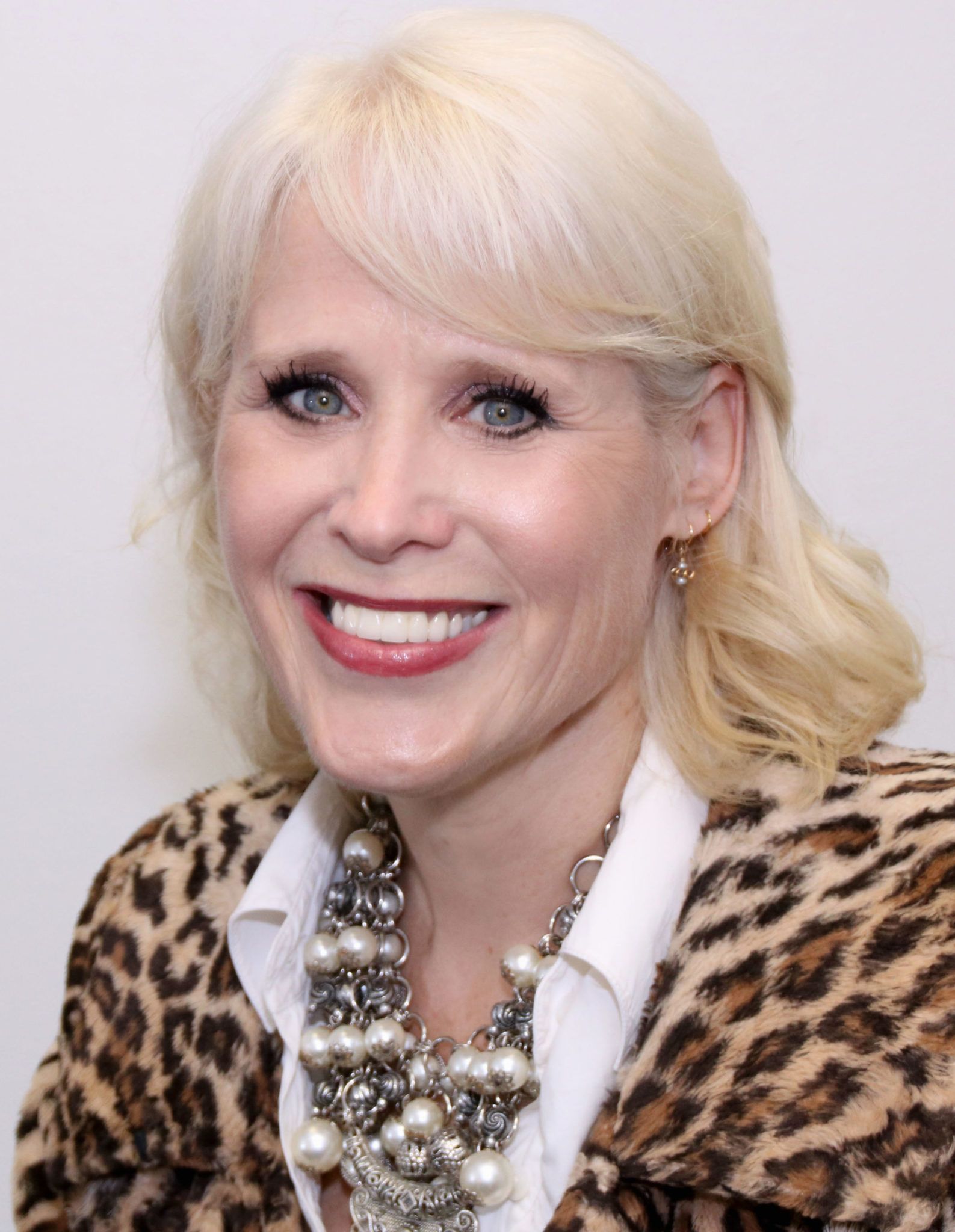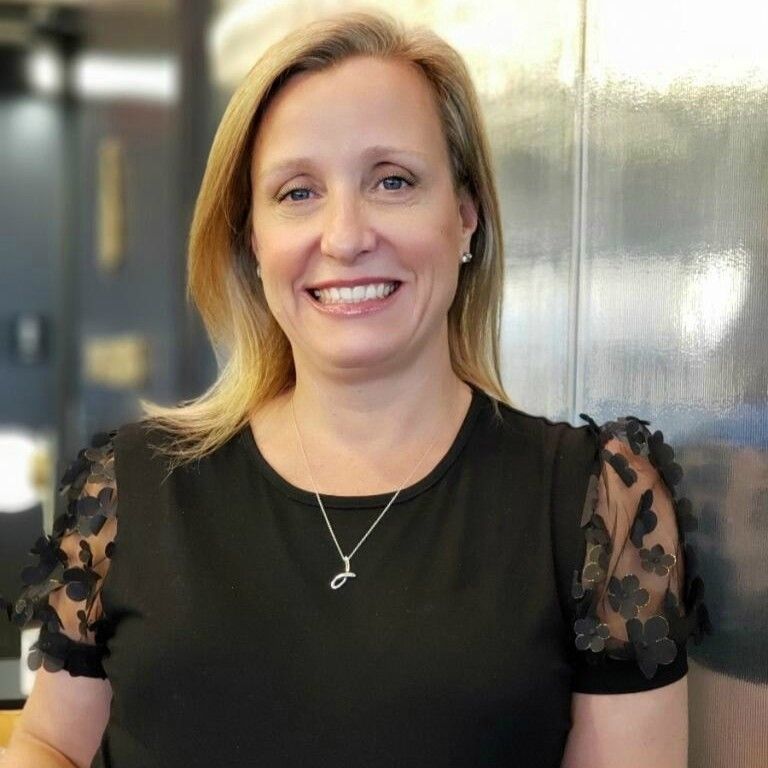There has never been a more uncertain time in our history. We have all weathered ups and downs in our careers, but what we are facing now is unprecedented. It has been over 10 years since the last major economic downturn. The lessons we learned then may, or may not, apply in the face of a global pandemic. We are all facing the unsettling feeling of not knowing what the future holds for ourselves, our families and our businesses.
Building a five-year business strategy seems laughable right now, in fact just strategizing through the end of 2020 is an ardent task. But a plan is necessary.
So, how do you plan in these times?
Recognize the need for a plan. Whether you are a solo entrepreneur, or a company with hundreds or thousands of employees, you need a plan. It does not need to be set in stone but it should help you figure out where you want to go, and be, at the end of the year.
First, devise a customer strategy that has three components: Gain, grow and retain. Your customer is at the center of your success, it all starts and ends here.
Gain – What is the new potential for customers? What would they need, with their pain points, and how can your product/service help?
Grow – What do your current customers need that you don’t currently offer? They are already customers, so how are you going to add wallet share from them and who in this group could become a significantly larger customer?
Retain – For those clients you want to retain, it is the same question repeated again, asking how their needs have shifted.
Take nothing for granted and do not assume anything. Ask questions, reach out to your customers to find out how they are and then, what they need. Your partnership with your customers has never been more important. Another partnership to build further is the one with your vendors and suppliers. Find out how you can work together in this era of uncertainty. It is a key component to your strategy.
Next, break down your strategy into the following sections:
- Question how your products fit what your customers need and your suppliers and vendors can provide. If you need to adapt, plan that into your strategy. Add in timelines, to make changes and deliver quality.
- Many processes will need to be altered. Ask the question “How?” Is there something new to add or something to remove? The input from your team is invaluable here.
- What is the most effective way to reach your audience and what message to convey? Segment this for your gain, growth and retain customers.
- Who needs to be where, doing what? The needs of your company have changed and so must your team. Address the roles and skills needed.
Planning the finances can be easier said than done. It is one of the last steps. With all of the information above, that has been strategically planned, build three scenarios of best case, most likely and worst-case scenarios with your financial projections in revenue, expenses and profit. Far too many CFOs have not planned for this, according to a survey from PwC only 56% of CFOs are changing financial plans and over half think it will take three months or more to recover when the virus recedes.
Key things for your strategy:
- Flexibility to adapt and course correct
- Set up small celebratory markers
- Collaborate with your team, and partners, to gain their buy in and engagement
- Hold each other accountable
- Review it frequently, personally and publicly
It does not make sense to take a photo without a focal point, a trip without a map or host a meeting without an agenda. In the same way, you need your strategy to focus, guide and pull together your team and partners.
Patty Soltis works with companies that are in growth stages, with more than 20 employees, to discover market share, products, processes and prospects for revenue and expense savings. During the 25-plus years she worked for Neiman Marcus, Lord & Taylor and Marshall Fields, she innovated collaborative ways to strategically increase sales, control expenses and exceed profit goals. She can be reached at [email protected]. Connect with her on LinkedIn.










